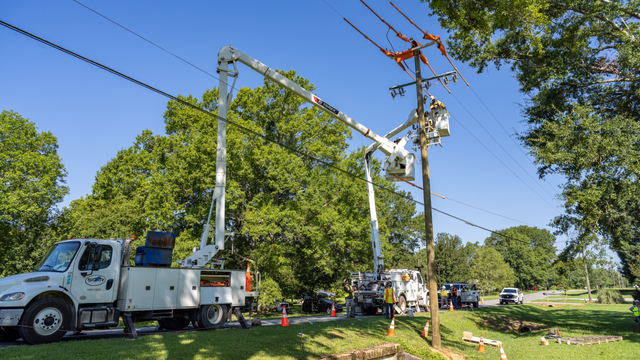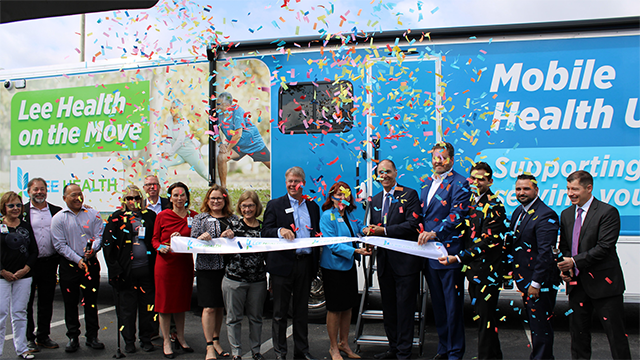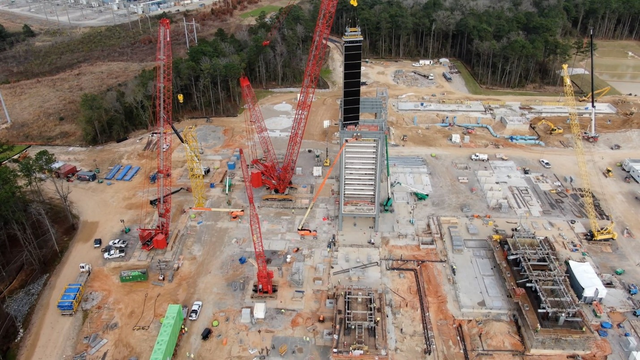More than a decade ago, Tesla kicked open the doors to public acceptance and mass market appeal of the electric car, laying the groundwork for electrification of passenger vehicles. Now, more and more auto manufacturers are announcing plans to stop production of combustion-engine vehicles within the next two decades.
Recognizing the benefits of an electrified fleet, the commercial and industrial (C&I) sector — with its hundreds of thousands of medium and heavy-duty trucks, delivery vans and buses — is getting on board. CALSTART’s Global Commercial Drive to Zero initiative reports that more than 108 models of commercial freight vehicles — e.g., zero-emission heavy-duty trucks, medium-duty truck and vans, yard tractors — will be available from 46 manufacturers in the U.S. this year.
As these medium- and heavy-duty EVs hit the streets, utility networks will have to handle simultaneous charging, corridor charging hubs and large charging depots, with some truck chargers imposing an instantaneous demand of 5 megawatts (MW), 10 MW or more.
This begs the question: How can electric utilities manage the incredible demand growth on their networks if nearly all company and private vehicles are electric by 2040?
Preparedness for Load Growth
The Black & Veatch Electric Report survey found that demand for EV charging sites is up over last year. Slightly more than one-third (36 percent) of utilities reported an uptick in requests for Level 1 (120-volt (V)) charging sites, 52 percent saw increased requests for Level 2 (208/240V) charging sites, and 52 percent had more requests for Level 3, DC fast-charging sites.
The survey also found that two-thirds of utilities are involved in deploying charging stations. One-quarter of the respondents said they are in the early stages of deployment and either are conducting or considering feasibility studies. Only 9 percent reported that they have not yet gotten involved in EV charging.
The largest issue, though, is that most utilities are not ready for the load if fleet electrification happens as planned. Over the next 25 years, utilities are going to see demand for electricity increase substantially — anywhere from 25 percent to 75 percent — depending on location. Some utilities are beginning their planning now to get ahead of the surge in need and have partnered on vehicle electrification pilot projects.
Coupled with the increase in load is a speed of deployment dynamic. Modularized construction of charging infrastructure leads to load growth that outpaces growth seen with more conventional infrastructure projects. Most respondents — a combined 62 percent — said they require a lead time of more than six months (Figure 22) to accommodate new EV loads. Sixteen percent can do it in less than six months, and 22 percent are ready to accommodate new load today.
These six-month-plus timelines are unrealistic when weighed against the speed of EV adoption. Utilities need to do something to speed up that timeline, but what?
Survey respondents pointed to three primary lessons they’ve learned with EV charging infrastructure: 1) calculating return on investment (ROI) is difficult; 2) installation costs vary greatly across sites; and 3) it’s more cost effective to develop new sites versus retrofitting existing structures.

Quantifying ROI on charging stations comes down to the “U” word — utilization. Site owners have a tough time gauging the utilization of private vehicles, making it difficult to calculate ROI. For example, they may build a charging station that is rarely used because people can charge their passenger vehicles at home or at work. By focusing their efforts on dedicated fleets, utilities more accurately can gauge ROI because fleet managers have predictable information that can help dictate those returns.
When it comes to the cost of installation, utilities can start getting more involved in the site-to-site details to understand what drives cost and site selection. This also goes for installing EV charging in new developments versus existing structures. By increasing engagement and learning the language, utilities can create more compelling, cost-effective programs.
Another issue is the effect of location on EV adoption in private vehicles, and the related effect on charging infrastructure. Passenger EVs have a higher price tag and thus tend to concentrate in zip codes with higher incomes. Often, these residential areas do not align with the warehouse districts or distribution facilities where fleet vehicles — and associated charging infrastructure — are deployed. It’s important to consider the feeders and substations that are likely to be constrained at certain hours on a time domain as the pace of EV adoption continues to increase. This understanding will ensure that investments in infrastructure upgrades are targeted in a strategic manner.
Utilities Must Step Up
So, how can utilities resolve these issues and prepare for the next wave of C&I electrification? Taking a leadership role in infrastructure deployment to meet the increasing demands of EVs will ensure that utilities maintain a prominent position in serving the electric delivery needs of customers.
The industry storyline is that fleet managers need to engage with their utility, but this also is true in reverse: Utilities must engage with their customers, particularly when it comes to C&I engagement. C&I customers will comprise a significant portion of engagement around EV charging going forward; by working directly with these customers, utilities will be better equipped to more accurately predict ROI and prepare for the infrastructure requirements that accompany EV charging programs.





